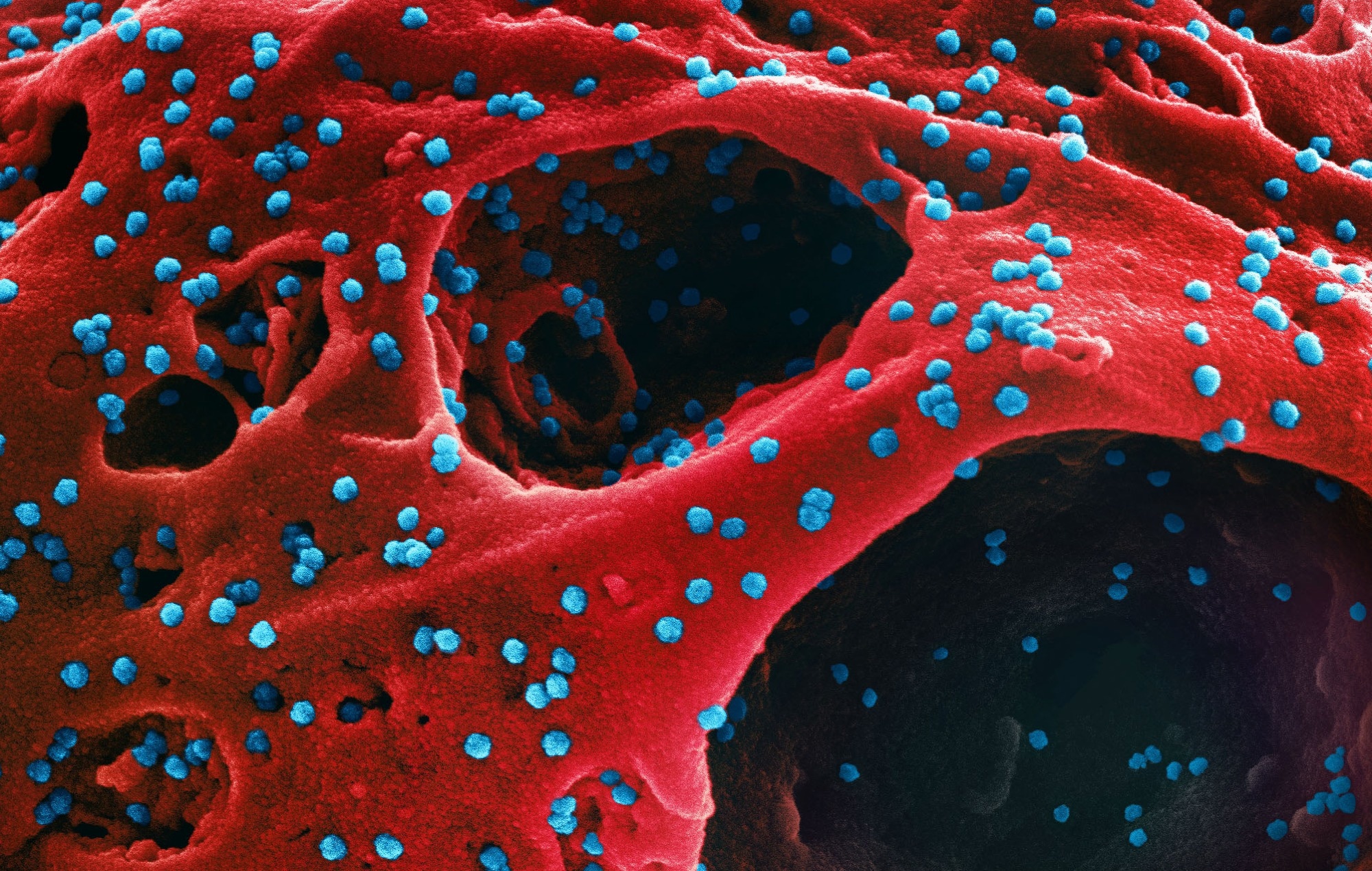The risk of severe acute respiratory syndrome coronavirus 2 (SARS‑CoV‑2) transmission can be assessed by determination of the time course of shedding using diagnostic indicators like cycle threshold (Ct) values through the recovery of SARS-CoV-2 from viral culture and reverse transcription polymerase chain reaction (RT-PCR) testing.
According to previous studies, RT-PCR results remained positive for up to 4 weeks after SARS-CoV-2-infected people exhibited symptoms. However, recovery of the viable virus could not occur ten days post the initial positive test. Vaccinated people infected with the Delta variant were observed to have similar Ct values but lower viral titers as compared to unvaccinated people. However, such investigations involved the recruitment of participants at or shortly after symptom onset, limiting their description of viral shedding during the pre-symptomatic period.
A new Centers for Disease Control and Prevention (CDC) study published in the Vaccine journal aimed to analyze the viral shedding and conversion timeline of SARS-CoV-2 infected people from exposure to infection and onset of symptoms during a period of Delta outbreak in a federal prison in Texas.
 Short communication: SARS-CoV-2 viral shedding in vaccinated and unvaccinated persons: A case series. Image Credit: NIAID
Short communication: SARS-CoV-2 viral shedding in vaccinated and unvaccinated persons: A case series. Image Credit: NIAID
About the study
The study involved the collection of nasal swabs from incarcerated persons for reverse-transcription polymerase chain reaction (RT-PCR) and antigen testing every other day after exposure. Exposed people were moved to quarantine. Those with positive antigen tests were moved to medical isolation. A single swab was collected from the infected people daily for ten days and tested by viral culture and RT-PCR. After ten days, all the infected participants had to complete a symptom questionnaire.
Information on past medical history, demographic characteristics, history of prior SARS-CoV-2 infection, and vaccination status were obtained for all participants. The viral culture was performed on days 0, 3, 5, 7, and 9 following the first positive test using Vero-E6 cells. Incubation of specimen-infected cells took place at 37 Cin 5% CO2 and was observed for cytopathic effect. If the cytopathic effect was observed, it was defined as virus isolated; if the cytopathic effect was not observed, it was defined as virus not isolated.
Study findings
A total of 12 individuals were identified as eligible for this case series analysis. All were male and all identified as non-Hispanic White. The median age was reported to be 43 years. Out of 12 participants, 3 never had a positive antigen test. Out of the 9 participants with positive antigen tests, 5 had positive viral culture results from specimens collected on the same day as the positive antigen test, while 2 had positive viral culture results but a negative antigen test on the same day.
Ten participants were reported to complete a primary COVID-19 vaccination series before the outbreak. Among them, 2 had a previous SARS-CoV-2 infection and were reported to be vaccinated following it. SARS-CoV-2 was recovered in viral culture from 9 participants within a mean duration of 6 days. SARS-CoV-2 RNA was detected in all 12 participants. Additionally, the cycle threshold values were observed to increase with the number of days from the first positive test date. Samples with positive culture results showed lower Ct values than those with negative culture results.
Eleven participants reported at least one underlying medical condition, with overweight and a history of tobacco use disorder being the most common. Information on symptoms was available for 10 participants, out of which 4 were asymptomatic. However, 3 out of these 4 participants had at least one positive viral culture result post-first positive RT-PCR. The median duration for the onset of symptoms was reported to be 7 days. Among participants who reported symptoms, 3 had positive viral culture results and positive RT-PCR test before the onset of symptoms.
Therefore, the current study indicated that both vaccinated and unvaccinated individuals were capable of SARS-CoV-2 transmission. The results of this study suggest that transmission occurs early after infection and before the onset of symptoms. They also highlight the need for non-pharmaceutical interventions to reduce SARS-CoV-2 transmission in high-transmission settings. Further research is required to understand to what extent vaccinated individuals with SARS-CoV-2 infection may be able to infect others and correlate viral shedding with illness among both unvaccinated and vaccinated individuals.
Limitations
There are some limitations to the study. Firstly, this study is limited to infections caused by the Delta variant of the virus, which might behave differently from other variants. Secondly, vaccinated and unvaccinated individuals were not directly compared. A third limitation of the study is that it cannot be generalized to settings with low vaccination rates and different transmission dynamics. Fourth, SARS-CoV-2 recovery in viral culture may not predict SARS-CoV-2 transmissibility. Finally, positive antigen results could not be correlated with infectiousness throughout the disease.
- McCormick, D.W. et al. (2022). SARS-CoV-2 viral shedding in vaccinated and unvaccinated persons: A case series. Vaccine. doi: https://doi.org/10.1016/j.vaccine.2022.11.030. https://www.sciencedirect.com/science/article/pii/S0264410X22014281?via%3Dihub
Posted in: Medical Science News | Medical Research News | Disease/Infection News
Tags: Antigen, Coronavirus, Coronavirus Disease COVID-19, covid-19, CT, Diagnostic, Polymerase, Polymerase Chain Reaction, Research, Respiratory, RNA, SARS, SARS-CoV-2, Severe Acute Respiratory, Severe Acute Respiratory Syndrome, Syndrome, Tobacco, Transcription, Vaccine, Virus

Written by
Suchandrima Bhowmik
Suchandrima has a Bachelor of Science (B.Sc.) degree in Microbiology and a Master of Science (M.Sc.) degree in Microbiology from the University of Calcutta, India. The study of health and diseases was always very important to her. In addition to Microbiology, she also gained extensive knowledge in Biochemistry, Immunology, Medical Microbiology, Metabolism, and Biotechnology as part of her master's degree.
Source: Read Full Article